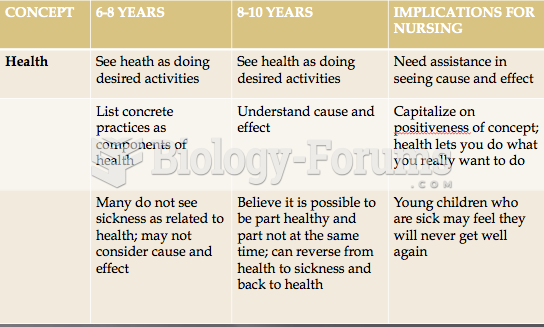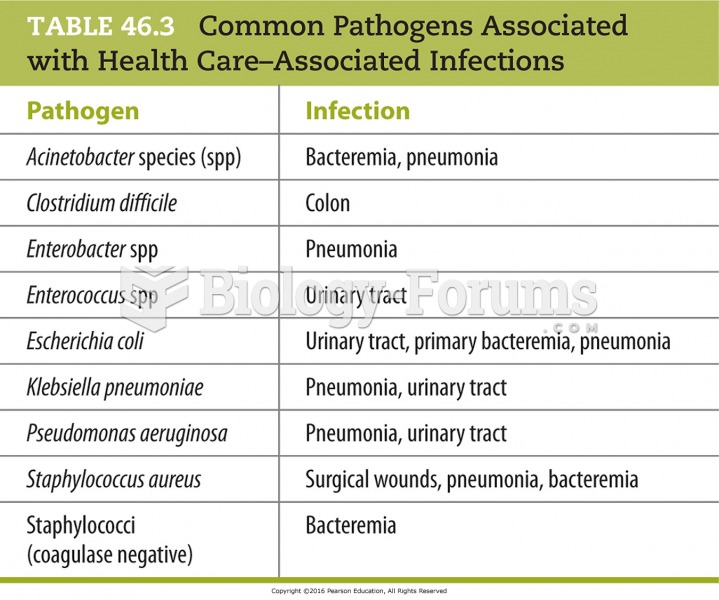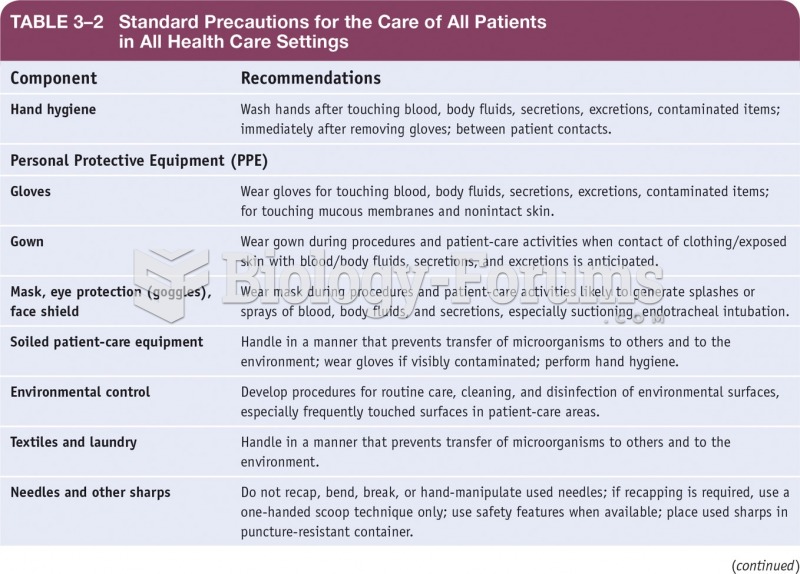Answer to Question 1
On-the-job and work-related health hazards: Every year, over 4 million workers in the United States suffer nonfatal occupational injuries and illnesses. There are a variety of on-the-job injuries: noise-induced hearing loss, fractures, sprains, strains, and cuts. The most common injuries are disorders associated with repeated motion, such as carpal tunnel (a wrist disorder that can cause severe pain, numbness, and tingling) and tendinitis (inflammation of the tendons).
Occupations that have the highest fatality rates are agriculture, fishing, forestry, mining, transportation, and construction. Currently, one of the most controversial occupational hazards is the use of nuclear power for energy purposes.
A serious problem involving occupational hazards is that some substances take years before their deadly effects appear. Asbestos is a prime example. Asbestos is a mineral that has multiple uses, from construction to beer brewing. There are more than 2,400 suspected carcinogens (cancer-causing substances). Only a few of them have been so designated and regulated by the government. Rubber workers are exposed to a variety of carcinogens and are dying of cancer of the prostate, cancer of the stomach, leukemia, and other cancers of the blood and the lymph-forming tissues. Steelworkers, especially those handling coal, are becoming victims of lung cancer at excessive rates. Workers exposed to benzidine and other aromatic amines (often used in producing dyestuffs) have excessively high rates of bladder cancer.
One of the gravest health dangers involves the chemical industry. Chemicals have been found to cause certain diseases, such as cancer, birth defects, heart problems, nervous disorders, weight loss, and sterility. There is some evidence that saccharin (used in the past in diet soft drinks) may be a carcinogen.
Job stress: There are a number of diseases that are stress-related or psychosomatic in origin. One of the main sources of stress is job pressures. Practically any job has stresses. Some of the more stressful jobs are inner-city school teacher, police officer, air traffic controller, medical intern, and firefighter. The list of stress-related illnesses includes bronchial asthma, peptic ulcer, ulcerative colitis, mucous colitis, hay fever, arthritis, hyperthyroidism, enuresis, hypertension, alcoholism, insomnia, cancer, migraine headache, impotency, atopic dermatitis, amenorrhea, and chronic constipation. Stress is also one of the causes of emotional disorders. Employers are becoming increasingly aware of the cost of stress to employees and to their businesses: absenteeism, low productivity, short- and long-term stress-related illnesses, job alienation and job dissatisfaction, marital difficulties, and emotional disorders. Therefore, many companies are sponsoring stress management programs to help their employees learn to reduce stress through techniques such as meditation, relaxation, hypnosis, exercise programs (such as jogging), time management, biofeedback, and hobbies.
Answer to Question 2
False







